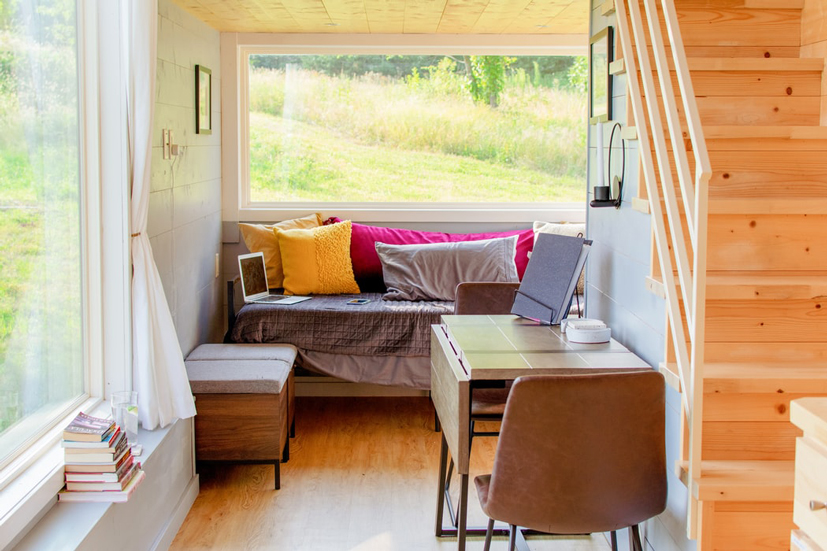A basement may well be an excellent option to add space to your house. When extending upwards or outwards isn’t possible, a basement conversion is good for an additional room. Especially in London, where space could be a very valuable asset, converting a basement can create that extra room that is able to really change your family life.
Technology and materials have evolved so that a basement is not any longer a dark low-ceilinged space. Waterproofing and damp proofing basements are never an issue once you rely upon the correct professionals. If elegant and properly built, a basement is employed for virtually any purpose in your house, including an open plan kitchen, as an example.
What are the Options if you Want a Basement?
If you would like to form (or make use of) space below you home, there are three main routes:
- Creating a basement as a part of a replacement build
- Renovating an existing basement or cellar
- Creating a replacement basement in an existing home, either directly underneath, or by extending out into the garden, front, or side of the house.
What to Do With a Basement Conversion?
A basement is good to form more elbow room in a very house in London, especially extra space for the family. One great option that a basement gives you is to create an independent entrance, so as to make a self-contained unit. Usually, basements are converted into:
- a playroom for your children
- a cinema room for the family and friends
- a gym or a sauna
- a utility room for appliances and laundry
- storage space for valuables like wine, cigars, or other collections
- a hobby lab for adults and children
- a business office with an independent entrance
- Indeed, if a basement is handy and built, it will be used for any purpose
Factors That May Raise Your Basement Conversion Costs
- If you would like to divert drains beneath your house;
- If your home has solid concrete instead of timber subfloors
- If your home is sited on difficult ground conditions (clay, made-up ground, sand, or marsh);
- If the local groundwater level is high, necessitating constant pumping;
- If access to positioning is poor.
Shell & Core
In the first phase, you excavate to form or extend the amount for the basement. This includes temporary works to support the prevailing structure of the house while the basement works are current. The result is a water-resistant concrete box that constitutes the external structure of the basement.
Fit-Out
The following phase is fit-out. This phase includes electrical and plumbing work, wall creation, flooring, lighting, plastering, and painting.




